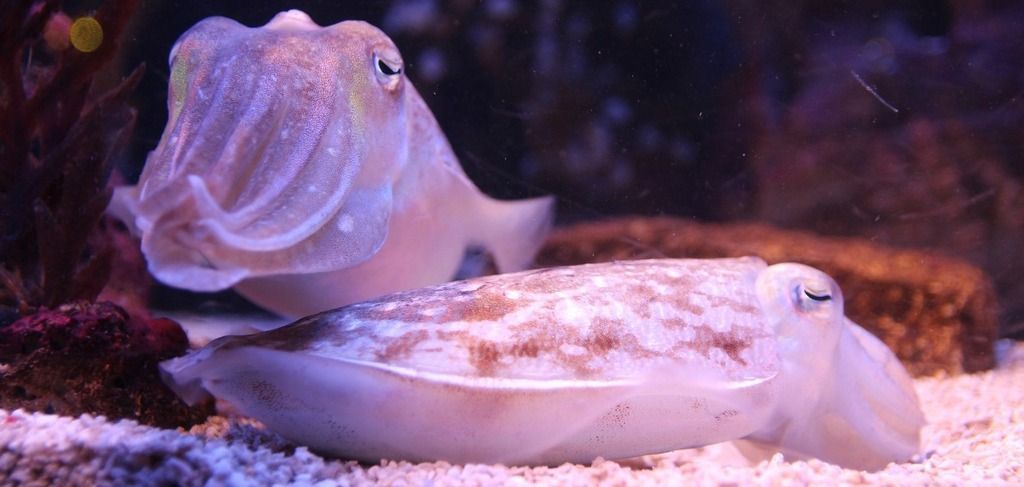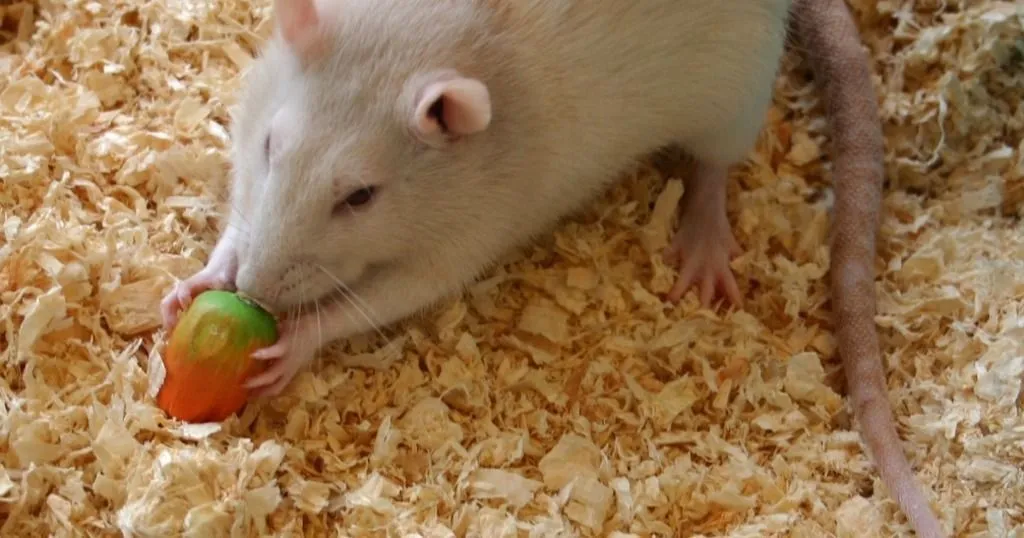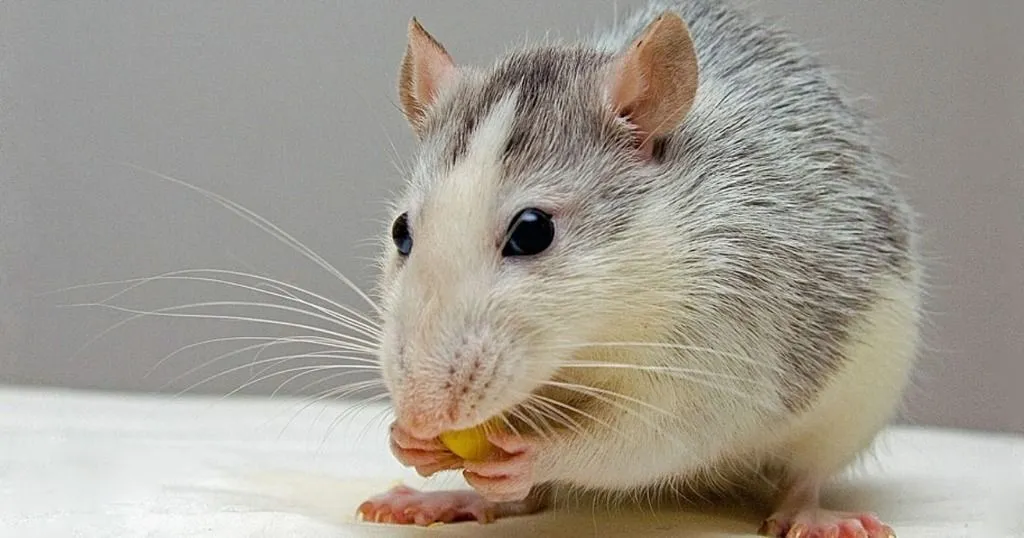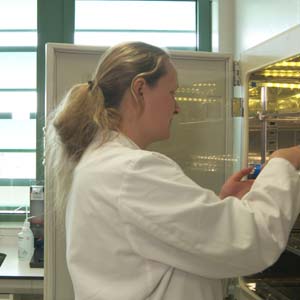How to unravel the long-term memory of cuttlefish: automated video tracking
Did you know that cuttlefish have three hearts, have such an advanced vision that they can see what’s behind them, and can count to five?
Posted by
Published on
Mon 13 Jul. 2020
Topics
| DanioVision | EthoVision XT | Fish | Learning And Memory | Video Tracking |
Did you know that cuttlefish have three hearts, have such an advanced vision that they can see what’s behind them, can count to five, and that males can make half of their body colorful to attract females and display subdued female colors on the other half of to avoid competition with other males? [1] Amazing creatures, right?
Intelligent little creatures
And there is more. Cuttlefish are intelligent; they are able to learn. When they know that their favorite food will be ‘served’ in the evenings, they will eat less of the less tasty food during the day [2]. They also learn to stop chasing a prey when they can see it but are unable to reach it [3]. That is what this article is about.
Interesting model for behavioral research
Now why is this interesting? Cuttlefish resemble vertebrates in several ways and they are small. This makes them suitable as a model in behavioral studies. Like vertebrates, they have a centralized nervous system and a highly evolved vision. That makes research on their memory so interesting.
Automating predator-prey research
But isn’t behavioral research extremely labor intensive? Well, yes, but there is where automation comes in. And that is what Jessica Bowers [3] and her colleagues did. They used DanioVision, Noldus’ high-throughput video tracking tool that was originally developed for zebrafish larvae. They used well plates with six relatively large wells. Each well contained a tiny transparent tube in which they could place a shrimp, which is the cuttlefish’ favorite prey. With this setup, they measured the behavior of six juvenile dwarf cuttlefish towards their prey, simultaneously and automatically. Using the nose-tail algorithm in EthoVision XT, they measured whether the cuttlefish’ head was in the zone surrounding the tube with the shrimp. This way they could tell how long the cuttlefish showed interest in their prey.

Long-term memory experiments
The authors showed that the cuttlefish can learn and that they adapt their predatory behavior when they cannot reach their prey. This movie [4] clearly shows what that predatory behavior looks like, first attention, then body orientation towards the prey, and finally the strike with the tentacles. The authors found out that when prey was present in the transparent tube, the cuttlefish moved more and longer. They remained oriented towards the shrimp, but gradually stopped the strikes with their tentacles to catch it, because they learnt they could not access it. Four days later, these strikes were still almost absent, while in a control group the number of strikes was as high as before. This way, the authors demonstrated that these tiny invertebrates have a long-term memory.
Conclusion
The authors conclude that they were successfully able to automate memory studies with these tiny creatures. They mention that DanioVision enabled them to analyze behaviors that they would not have been able to measure by direct observation alone. The size of the dwarf cuttlefish larvae and the fact that they show many adult behaviors already in early stages of their development, makes them very well suited for high-throughput behavioral studies with DanioVision. This is all very promising regarding automated behavioral essays with a model animal.
References
- https://www.mnn.com/earth-matters/animals/blogs/5-amazing-facts-about-strange-beautiful-cuttlefish
- Billard, Pauline, et al. "Cuttlefish show flexible and future-dependent foraging cognition." Biology Letters 16.2 (2020): 20190743. https://doi.org/10.1098/rsbl.2019.0743
- Bowers, Jessica, et al. "Evidence of learning and memory in the juvenile dwarf cuttlefish Sepia bandensis." Learning & Behavior (2020). https://doi.org/10.3758/s13420-020-00427-4
- https://www.youtube.com/watch?v=XlhCOYS2GJ8
Related Posts
Using video tracking to study operant behavior in rodents

Advancing the novel object test: 3D printing and deep learning

